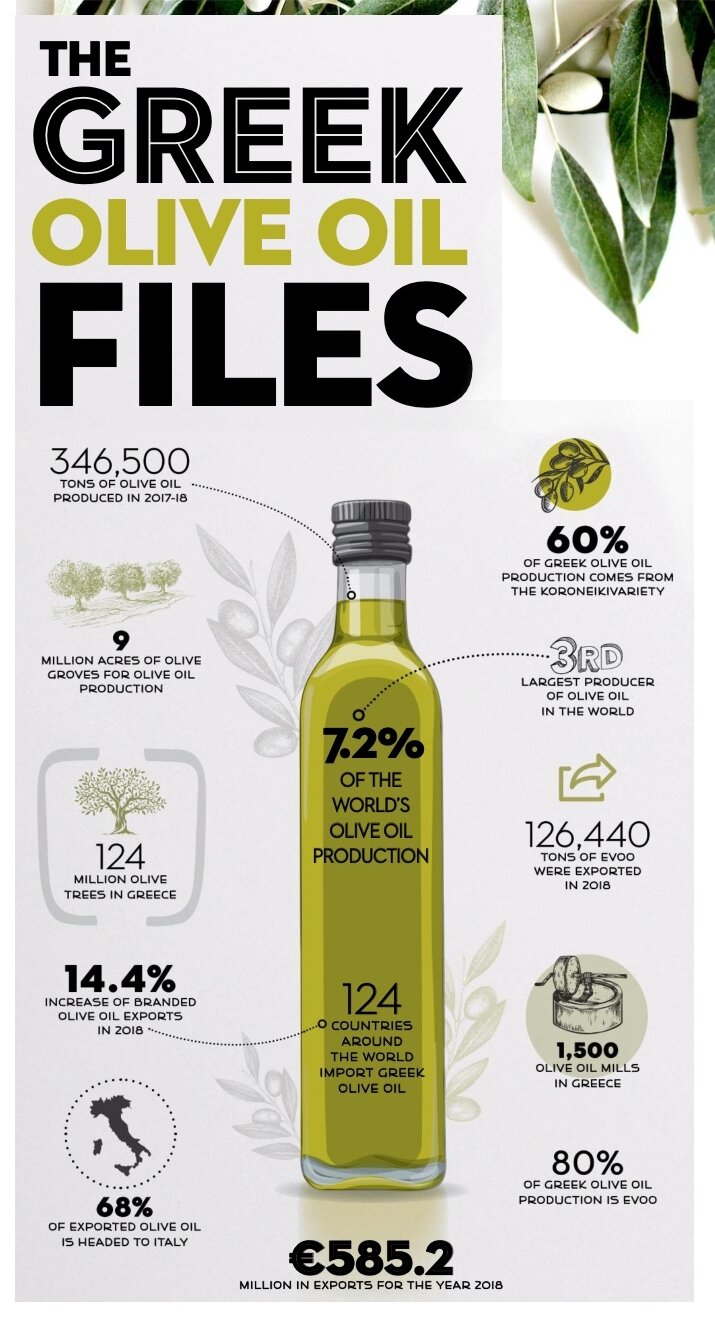Making these nutty, aromatic Greek honey cookies always makes me realise that it’s really Christmas time!
‘Melomakarona’ are the most popular treats throughout Greece during the Christmas holidays, and their warm honey, orange and cinnamon aromas, fill the house with festive spirit. These are quick to bake, and super addictive! Be warned!
A bit of trivia, the Greek word “melomakarona” is a combination of two words, “meli”, which means honey and “makarona”, which comes from the ancient word “makaria” and means blessed.
Yield: Makes around 50 cookies
Ingredients
For the syrup
300g water
500g granulated sugar
180g Greek honey
2 stick(s) cinnamon
3 cloves
1 orange, cut in half
For the Cookies
150g fine semolina
550g plain flour
1/2 tbsp baking powder
100g orange juice
100g sugar
1 flat tbsp powdered cinnamon
1/3 tsp nutmeg (powder)
1/3 tsp clove (powder)
1 tsp vanilla extract
1/2 tbsp baking soda
90g water
125g olive oil
125g vegetable oil
50g Greek honey
zest of 2 oranges
Garnish
200g chopped walnuts
Powdered cinnamon (optional)
Powdered clove (optional)
Instructions
Start by making the syrup first. In a pot add all the ingredients for the syrup, besides the honey and bring to the boil. Boil for 3-4 minutes, until the sugar has dissolved and remove from the stove. Stir in the honey and set aside to cool completely.
Prepare the dough for the melomakarona. In a bowl add the semolina, flour and baking powder and mix with a whisk to combine.
In another large bowl add the orange juice, the sugar and spices (nutmeg, cinnamon, clove, vanilla) and mix. Add the baking soda and whisk immediately for 5-10 seconds until the ingredients combine and the baking soda dissolves and starts to foam. Pour in the bowl the water, the oil, the orange zest and honey and whisk to combine.
Now it’s time to combine the two mixtures. Add the mixed flour, semolina and baking powder (from step 2) in the bowl with the rest of the ingredients from step 3 and start kneading the dough for the melomakarona. Knead the dough using your hands, until the ingredients combine and the dough is smooth and soft and slightly sticky. Be careful not to overwork the dough as they will become tough.
Preheat the oven at 180C. Layer the bottom of 4 large baking trays with parchment paper and start shaping the melomakarona. Pinch a portion of dough about the size of a walnut/ 30g (or bigger, if you prefer) and shape with your palms into a smooth oblong shape, like a small egg. Place on the baking tray, push lightly the top with a fork and pierce three times on top about half way through the dough. Continue with the rest of the dough.
When your first two trays are ready, you can start baking them. Place the baking trays with the melomakarona in the oven and bake for approx. 15 minutes, until they are lightly browned and cooked through. If you’ve made them bigger, you’ll need to bump up the cooking time a little.
When the melomakarona come out of the oven, dip them immediately in the cold syrup, flipping them with a slotted spoon to absorb the syrup for approx. 10-20 seconds, depending on how syrupy you like them. Remove the cookies using a slotted spoon, place on a platter and sprinkle with the chopped walnuts.
While you are dipping your first couple of tray in the syrup add the next two in the oven to bake. Don’t forget to set your timer!
Store the melomakarona at room temperature in an airtight container. They will keep for all your Christmas Holidays!



















